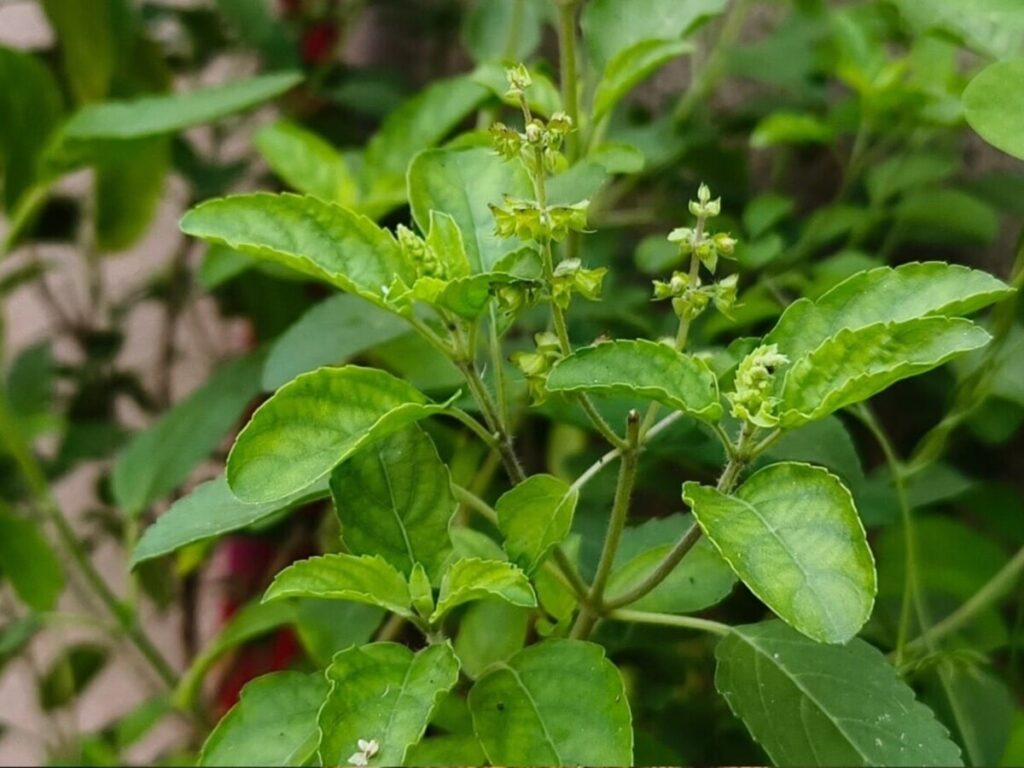Tulsi, also known as Holy Basil, is an essential herb revered in many cultures for its medicinal properties and spiritual significance. However, many gardeners struggle with keeping their Tulsi plants vibrant and healthy, often facing the challenge of wilting or drying leaves. Understanding the common reasons for a Tulsi plant’s decline, along with effective preventive measures, can help you maintain a lush and thriving plant. In this article, we will delve into the causes of drying Tulsi and practical tips to ensure its longevity and health.
Common Causes of Drying Tulsi
1. Insufficient Watering
One of the most common reasons for a Tulsi plant drying out is lack of water. Tulsi requires consistent moisture in the soil. However, overwatering can also lead to root rot, making it essential to find a balance.
2. Poor Soil Quality
The quality of soil plays a vital role in the health of your Tulsi. Soil that drains poorly or is depleted of nutrients can inhibit root growth, leading to dry leaves. A well-aerated and nutrient-rich soil is crucial.
3. Inadequate Sunlight
Tulsi plants thrive in bright sunlight. Insufficient exposure can cause the plant to stretch and weaken. While Tulsi can tolerate partial shade, it should ideally receive at least 6 hours of direct sunlight each day.
4. Temperature Stress
Extreme temperatures can adversely affect Tulsi. It prefers warm conditions and can suffer if exposed to cold drafts or intense heat. Maintaining an optimal temperature range is essential for its growth.
Tips to Keep Your Tulsi Plant Healthy
1. Proper Watering Techniques
| Condition | Watering Frequency |
|---|---|
| Hot and Dry Weather | Every 2-3 days |
| Moderate Weather | Every 4-5 days |
| Humidity or Rain | Once a week or as needed |
Ensure the soil remains moist but not soggy. Check the top inch of the soil; if it feels dry, it’s time to water.
2. Use Nutrient-Rich Soil
Opt for a well-draining potting mix that contains organic matter. Consider adding compost or a slow-release fertilizer to provide the nutrients necessary for healthy growth.
3. Positioning for Optimal Sunlight
Place your Tulsi plant in a location where it receives ample sunlight each day. If you’re growing it indoors, a south-facing window is ideal. Rotate the pot occasionally to ensure even growth.
4. Monitor Temperature Changes
Keep your Tulsi plant in a stable environment. Avoid placing it near air conditioners, heaters, or drafty windows. The ideal temperature for Tulsi is between 20°C to 30°C (68°F to 86°F).
Conclusion
Maintaining a healthy Tulsi plant requires attention to various factors such as watering, soil quality, sunlight exposure, and temperature management. By understanding the common causes of dryness and implementing effective care routines, you can enjoy a thriving Tulsi plant that not only enhances your gardening experience but also contributes to your well-being. With the right practices, your Tulsi can flourish, providing its numerous benefits for years to come.
